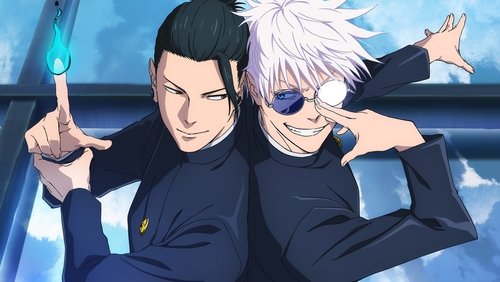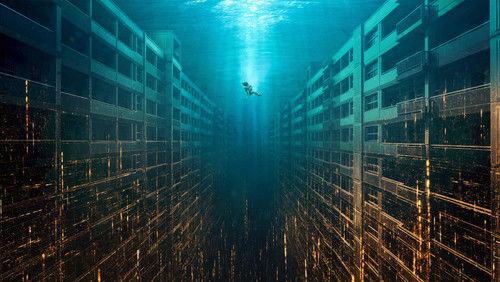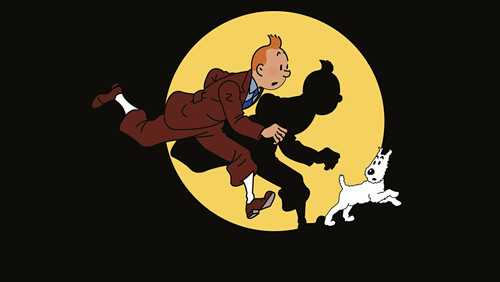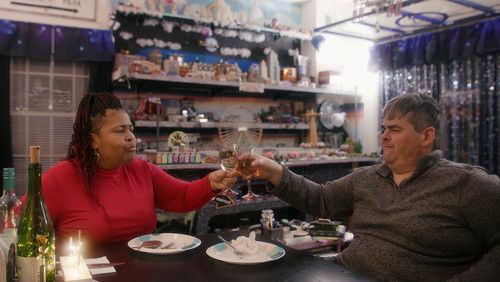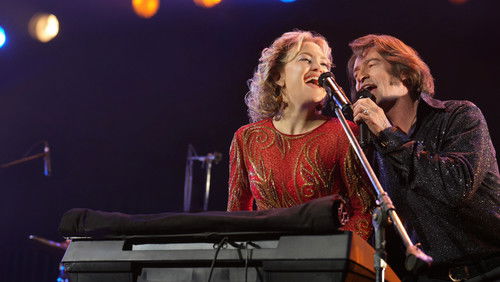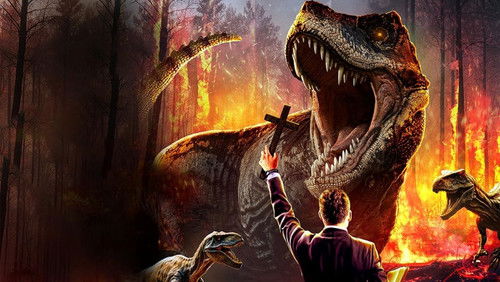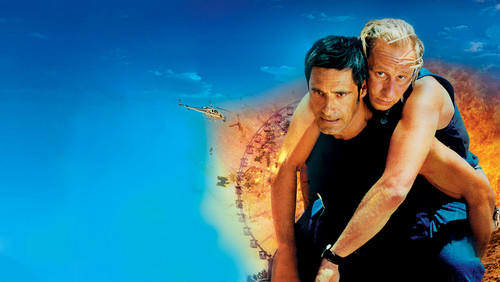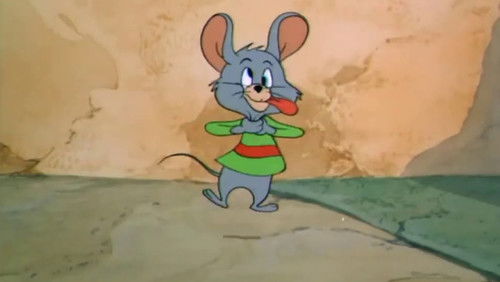Aguirre, der Zorn Gottes (1972)
47KAguirre, der Zorn Gottes: Directed by Werner Herzog. With Klaus Kinski, Helena Rojo, Del Negro, Ruy Guerra. In the 16th century, the ruthless and insane Don Lope de Aguirre leads a Spanish expedition in search of El Dorado.
“AGUIRRE: THE WRATH OF GOD (Werner Herzog – West Germany 1972).u003cbr/u003eu003cbr/u003eHerzogu0026#39;s daring and unconventional approach in film-making is something very few filmmakers can match. Due to the incredible hardships while filming on location in the Amazonian jungle, the myth surrounding AGUIRRE has almost outgrown the virtues of the film itself and over the years it has become an almost integral part when (re)viewing this film, even more so since Herzogu0026#39;s documentary MY BEST FIEND (1999) was released about his relationship with u0026quot;best enemyu0026quot; and star in many of his films, Klaus Kinski.u003cbr/u003eu003cbr/u003eA mesmerizing exploration of human obsession based on the diaries of Gaspar de Varvajal, a monk who accompanied Gonzalez Pizarro (half-brother of the brutal conqueror of the Incas) and died during the expedition, the film chronicles Pizarrou0026#39;s 1560 Peruvian expedition in search of the legendary city of gold, El Dorado. When the expedition is faltering by the difficult terrain, Pizarro decides to send a small party ahead to determine if exploration should continue. Though Don Pedro de Ursua (Ruy Guerra) is put in charge, he is soon challenged by the ambitious fanatical Aguirre (Klaus Kinski), who against all odds wants the journey to continue, with catastrophic consequences. u003cbr/u003eu003cbr/u003eOne of the key elements in Herzogu0026#39;s work is the use of landscape and the natural surroundings. The Amazonian jungle is a key third dimension in the film and really is a green hell, threatening and unforgiven. Thereu0026#39;s no romanticism in Herzogu0026#39;s view of nature. The continuing sounds of the running water and the birds are just as important for the story and the despair of Aguirreu0026#39;s men as the ambient electronic soundtrack by the German ensemble Popol Vuh, the ultimate modern and very German pioneers in electronic music, mixing choral chants with electronic samples and organ music. To me it is simply astonishing Herzog decided to use their in a film about 16th century Spanish explorers shot on location in the Amazon and somehow it works wonderfully, a perfect blend of image and sound. Hard to identify a very important element of the u0026quot;natural soundtracku0026quot;: whatu0026#39;s the name of the bird that produces this whistling shriek, that is heard almost continuously in the background and is one of the most recognizable sounds of Neo-tropical rain forests? A Quetzal? u003cbr/u003eu003cbr/u003eKlaus Kinskiu0026#39;s performance is a perfect match for Aguirreu0026#39;s descent into madness, eerily resemblant to Kinskiu0026#39;s own Mad Kraut persona and well-published rampant behavior on the set and his misconduct in general actually. Watching the film for the first time with audio commentary by Herzog and he revealed many things I never heard before. One of the strangest anecdotes is not really about the film itself but is, well..truly one of the most bizarre things I ever heard. u003cbr/u003eu003cbr/u003eBefore the shooting started, Herzog and his crew were boarding for the plane that would bring them from Lima to Cuzco when the airplane had some technical problems. Since the airline company in question already had two or three serious accidents not long before, they decided to wait and take the next plane. Repaired or not, the plane left off anyway and crashed in the Amazonian jungle with the only survivor a young German woman, Juliane Koepcke. After weeks she finally reached a remote Indian village, malnourished, an almost fatal larval infection, close to death. Later Herzog would make a documentary about this, JULIANES STURZ IN DEN DSCHUNGEL (English title: Wings of Hope) (2000). Besides the already astonishing, many times near-fatal accidents and Kinskiu0026#39;s impossible madman behavior, this film seemed doomed from the start, like an old curse from the Incas.u003cbr/u003eu003cbr/u003eFor those less familiar with Herzogu0026#39;s work, FITZCARRALDO (1982), also by Herzog and shot under equally horrendous conditions in the Peruvian jungle, would make a good companion piece. For Herzogu0026#39;s relationship with Kinski there is the interesting documentary MEIN LIEBSTER FEIND (My best fiend) (1999).u003cbr/u003eu003cbr/u003eCamera Obscura — 10/10”

